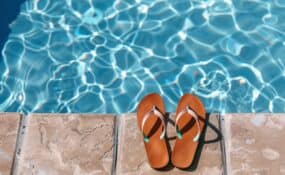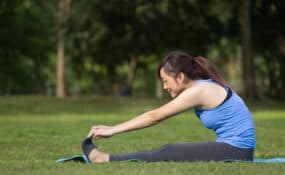California is facing one of the most severe droughts on record. The state has continued to lead the way to make sure California is able to cope with an unprecedented drought. What about your body? Do you know when your body is in a drought (dehydrated)?

As we approach the “heat of the summer” you should be aware of your need for fluids. If you are exercising, spending time in the sun, or are under the weather, you can more easily become dehydrated.
Once dehydration starts your body begins to shut down, expept for vital functions. Luckily the body gives us symptoms to prevent dehydration from happening.
The body will react to the need for water by giving of signs that you should recognize. The initial signs and symptoms of mild dehydration, in adults, start to appear when a person has lost approximately 2% of their total fluid. Some of these symptoms are:
• Dry lips and thirst
• Dry, flushing , skin
• Fatigue, muscle weakness
If the dehydration continues, approaching 5% of water loss, more significant symptoms occur such as:
• Increased heart rate and breathing
• Increased body temperature
• Decreased sweating and urination
• Extreme fatigue and muscle cramping
• Severe headache and nausea
As the body approaches 10% fluid loss, it is a medical emergency and you must seek IMMEDIATE help. Symptoms of this level of dehydration are:
• Decreased vision and confusion
• Vomiting
• Chest/abdominal pain
• Unconsciousness
We don’t have a water “guage” to determine how dehydrated our body is but our body does provide us some indication of our level of hydration. The best indicator is the color of our urine. A clear, or slightly colored, urine shows good hydration while a dark yellow urine color signals dehydration.
How much water should you consume? You have probably heard many experts say eight, 8 ounce, glasses of water per day. That is a good start but if you are extremely active, work in a hot environment, or live in a warmer climate that might not be enough.
A good indicator of water intake is 50 to 75% of your body weight in ounces. For the average person: take your body weight, cut it in half, and that is the number of ounces you should drink in a day. If you are more active, or work/live in a hotter environment, then add 25% more to your number of ounces.
- 5 Ways to Treat Chronic Back Pain Without Surgery - July 21, 2024
- 10 Back-Saving Tips for Gardening This Summer - July 14, 2024
- 5 Sciatica-Friendly Travel Tips for Your Summer Vacation - July 7, 2024











